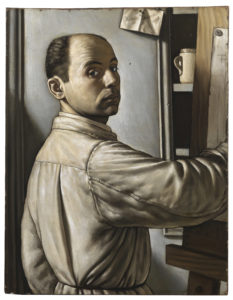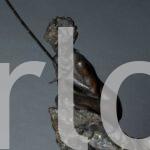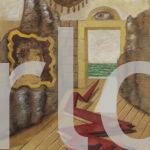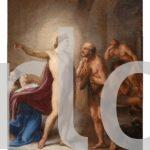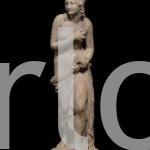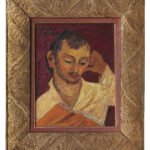| NOT AVAILABLE
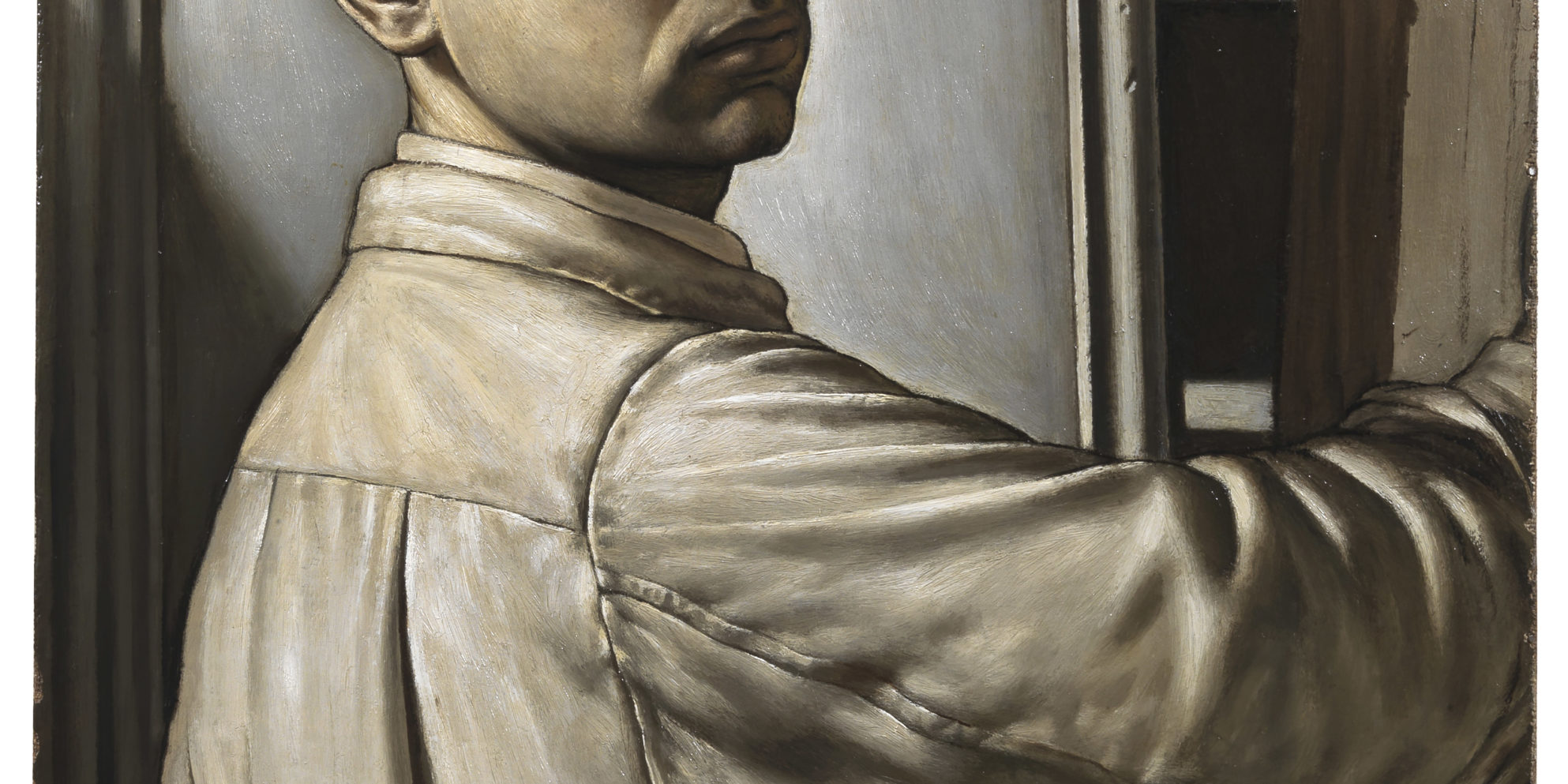
Vera de Bidasoa, Spain 1915-Fiesole 1979
Self-Portrait
1947
Oil on canvas on panel, 45 x 34 cm
Signed and dated: Xavier Bueno 1947
Provenance: Milan, private collection
Painted in 1947, Self-Portrait coincides perfectly with the idea of ‘reality’ pursued by Xavier Bueno, who in the same year developed it to create, with his younger brother Antonio, Gregorio Sciltian and Pietro Annigoni, the group Pittori Moderni della Realtà (Modern Painters of Reality) at a moment in history that was dense with new cultural ferment and position-taking. In November, at Milan’s Galleria de L’Illustrazione Italiana, the pugnacious clutch of artists launched with a bellicose catalogue declaration: «(..) We are not interested in or moved by so-called ‘abstract’ and ‘pure’ painting, which, child of a society in ruination, was emptied of all human content falling back on itself in the vain hope of finding its substance within. We disown all contemporary painting from Post-Impressionism to today (…). We want painting with a moral sense in its intimate essence, within its very style, a painting that in one of the darkest moments of human history is impregnated with that faith in man and his destiny that made art great in times past. We are re-creating the art of the illusion of reality, eternal and ancient seeds of the figurative arts.” (Pittori moderni 1947) Bueno, like his companions (who were subsequently joined by three more artists), did not want to lend themselves to a ‘return’ to a figuration, even of the highest quality, that had lived in the shadow of Fascism, but intended to return to Painting its ancient value of mimesis and to connect it to categories of universal spirituality.
At the basis of Bueno’s research lies an articulated and coherent artistic itinerary. An important influence on his training was his father Javier, a journalist and war correspondent for the Madrid daily paper “ABC”, he was a man of socialist and philo-Soviet leanings, who in the mid twenties, when Miguel Primo de Rivera rose to power, definitively left Spain and settled with his family in Geneva to run the Spanish section of the Bureau International du Travail linked to the League of Nations. It was he who passed on a love of painting to his son; Xavier, for his part, entered a communist cell at a very young age. In 1936, at little more than twenty-one, he moved to Paris, following his artistic vocation. In the City of Lights, instead of pursuing the chimeras of the École de Paris, he ventured into the less frequented territory of the great Spanish realist tradition, from Zurbaran to Velazquez and on to Goya, his cultural roots giving his painting a personal style that was appreciated by Parisian critics. He studies painters like Edouard Manet and is bowled over by Guernica, Picasso’s anti war manifesto, when their homeland became the theatre for a bloody civil war. In 1940 he took refuge in Florence with his mother and brother Antonio, not knowing that he would spend the rest of his life there. In the Tuscan city he became intoxicated by Renaissance art, but also reflected on the Flemish painters for their treatment of light and their skilful naturalism. In the early forties Bueno intensified his relationship with his brother, made up of intellectual correspondence and reciprocal influence, to the extent of composing four-handed pictures, among which The Double Self-Portrait in the Studio (1944) and The Carriage (1942), showing a symbolism that unites the two compositions. In 1947, having developed an autonomous artistic identity, he painted his Self-Portrait, one version is the object of this research and the other a work of very small format conserved in the Gallerie degli Uffizi in Florence. In the latter painting he depicted himself turning towards the spectator, his expression distant but curious at the same time. The head is flanked by two sources of light, one coming from the window behind him, the other issuing from the left and revealing the naturalism of the face and the enigma of the vision. A wooden frame at the bottom transforms the painting into a sort of window out of which the man looks at reality; tacked to the frame he has put his signature and the date of execution. The other Self-Portrait has a complex compositional idea. Bueno is at the easel, his body, located on a diagonal, marks the spatial depth of the studio. He is looking out of the painting, in the manner used by Ghirlandaio in the Adoration of the Magi at the Ospedale degli Innocenti in Florence, thereby declaring himself the author of the work. Instead Bueno is observing himself in a mirror, long-standing tool of the atelier for the illusion of reality, but it is a virtual surface that can be cut through to instil a silent but eloquent dialogue with the viewer. A limpid volume hit by the light, the figure of the painter stands out from the back wall, vertically defined by the strips of panelling to either side of him. A piece of paper with his signature and the date is nailed to the wall above, once more doubling the presence of the artist as in certain self-portraits by de Chirico, becoming a ‘portrait’ and classical measure of the space of his pictorial universe, a modern form of Antonello da Messina’s St Jerome in his Study.
Francesca Romana Morelli
Bibliography:
Pittori moderni 1947
I pittori moderni della realtà, catalogo della mostra, 18 – 30 novembre 1947, galleria del L’Illustrazione Italiana
The Carlo Virgilio & C. Gallery searches for works by Bueno Xavier (1915-1979)
To buy or sell works by Bueno Xavier (1915-1979) or to request free estimates and evaluations
mail info@carlovirgilio.co.uk
whatsapp +39 3382427650
